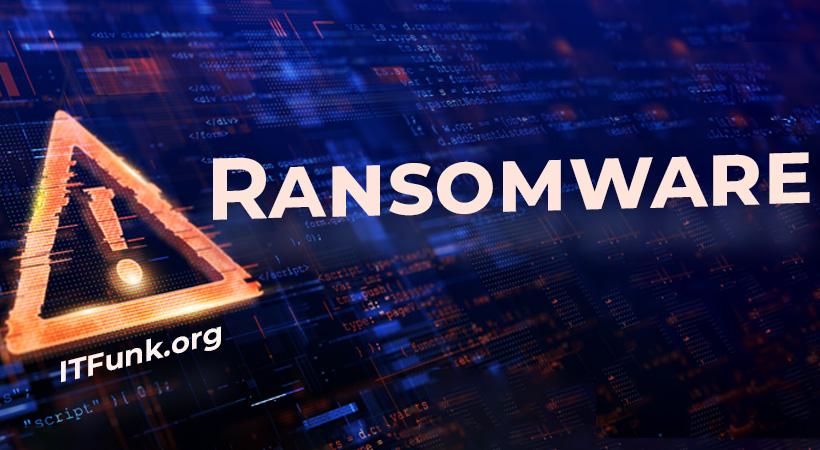In the ever-evolving landscape of cyber threats, ransomware continues to be a formidable adversary, with Kasseika joining the ranks of malicious programs seeking to exploit unsuspecting victims. This article aims to shed light on the Kasseika ransomware, detailing its characteristics, actions, consequences, and offering insights into detection, prevention, and removal strategies.
Introduction to Kasseika Ransomware
Kasseika is a ruthless ransomware-type program designed to encrypt users’ data and demand a ransom for its decryption. Its primary objective is to extort money from victims by rendering their files inaccessible through encryption.
Encryption Mechanism
- File Encryption: Kasseika employs advanced encryption techniques to lock files on the infected system. Original filenames are altered, with a random character string appended to them.
- Desktop Wallpaper Alteration: The ransomware changes the desktop wallpaper to alert the victim about the encryption and convey the ransom demand.
- Ransom Note: Kasseika leaves a text file titled “[random_string_extension].README.txt” with instructions on how to pay the ransom for file decryption.
Ransom Demands
- Monetary Extortion: The attackers demand a significant ransom, often in Bitcoin (50 BTC in this case), which can equate to millions of USD.
- Time-Linked Escalation: A time-based escalation is introduced, increasing the ransom amount if payment is delayed beyond a specified timeframe.
- Threat of Data Sale/Leak: The attackers threaten to sell or leak the exfiltrated data if the ransom is not paid within a stipulated period.
Prevention Measures
- Data Backup: Regularly back up your data to ensure that even if encrypted, you can restore your files without succumbing to ransom demands.
- Vigilance Against Phishing: Exercise caution when opening emails, especially those with unexpected attachments or links. Verify the authenticity of senders before interacting with content.
- Security Updates: Keep your operating system and software up to date to patch vulnerabilities that ransomware may exploit.
- Network Security: Implement robust network security measures, including firewalls and intrusion detection systems, to prevent unauthorized access.
- User Awareness: Educate users about the risks of downloading files from untrusted sources and the importance of avoiding suspicious links.
Detection Names
- Avast: Win32:RansomX-gen [Ransom]
- Combo Cleaner: Trojan.GenericKD.70998231
- ESET-NOD32: A Variant Of Generik.BQMTVFO
- Kaspersky: Trojan-Ransom.Win32.Encoder.vpx
- Microsoft: Trojan:Win32/Wacatac.B!ml
Best Practices for Future Protection
- Regular Backups: Maintain frequent backups of essential data on separate and secure storage.
- Security Software: Utilize reputable security software to detect and neutralize potential threats.
- Network Segmentation: Segment your network to limit lateral movement in case of a breach.
- User Training: Train yourself to recognize phishing attempts and report suspicious activities promptly.
- Application Whitelisting: Implement application whitelisting to control the execution of unauthorized programs.
- Incident Response Plan: Develop and practice an incident response plan to mitigate the impact of a ransomware attack.
Conclusion
Kasseika ransomware represents a severe threat to data integrity and privacy. By understanding its characteristics, actions, and adopting proactive cybersecurity measures, users can fortify their defenses against such malicious programs. The key lies in a combination of user vigilance, robust security practices, and preparedness for potential cyber threats.





